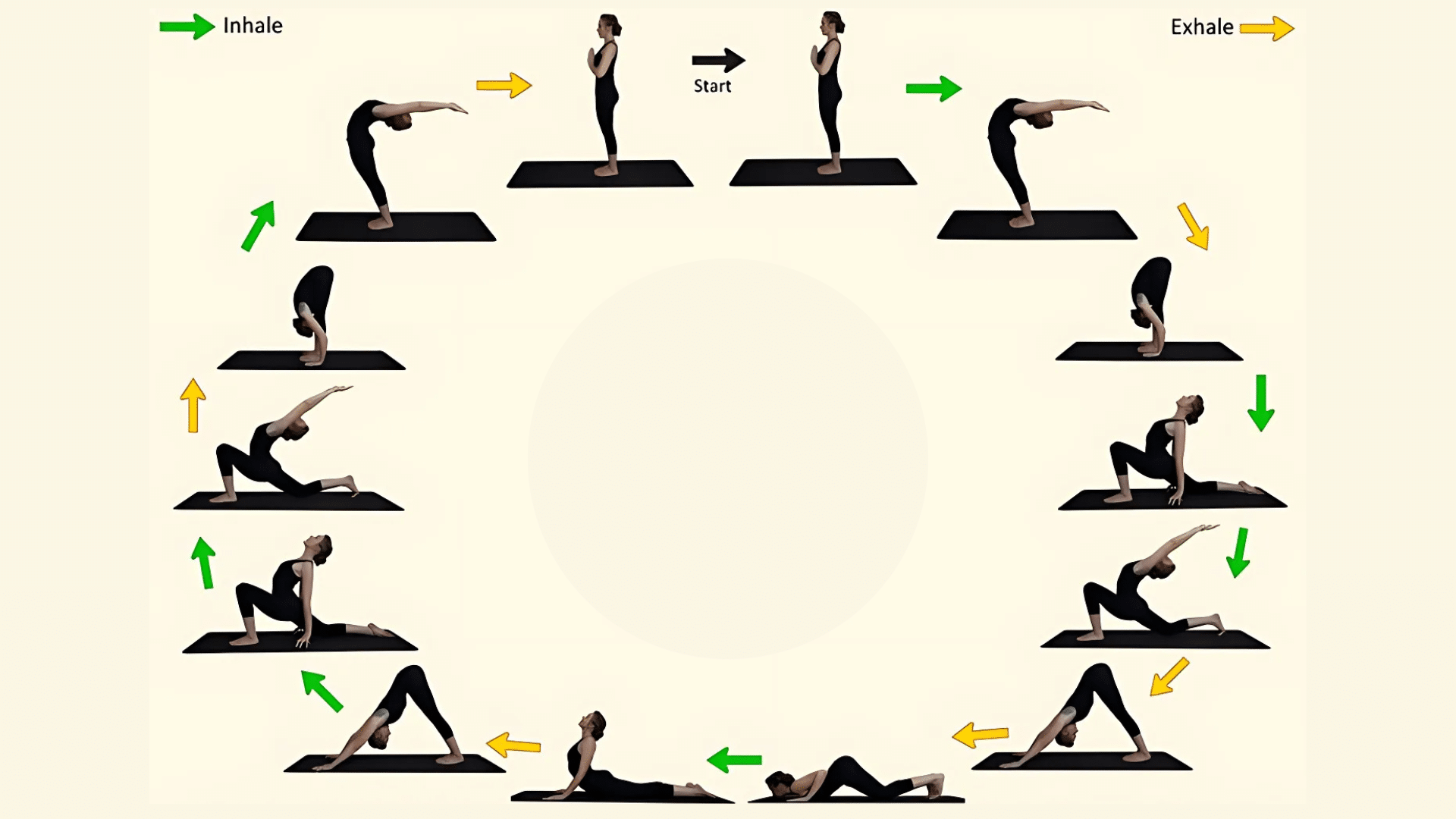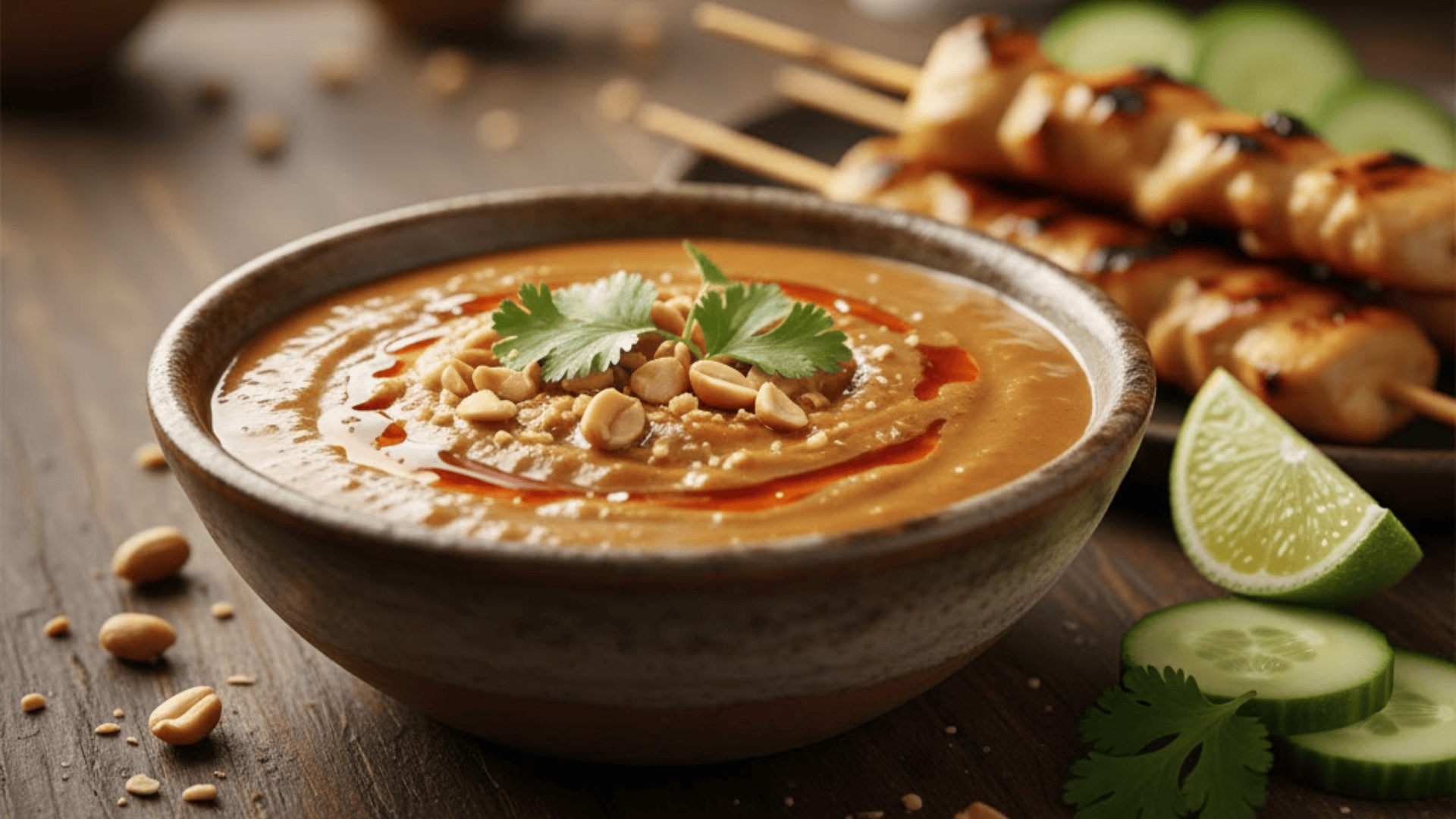You don’t have to push or perform when the full moon rises. If your energy feels scattered, full, or ready to shift, full moon yoga can help you pause, move gently, and reconnect with yourself.
If you’re new to the mat or returning after a break, this is a chance to release what’s been building and find steadiness again.
Inside, you’ll find calming sequences, breathwork, and grounding rituals that support emotional clarity and stillness. This practice doesn’t demand anything from you; it simply invites you to listen, breathe, and soften.
Feel like your body’s asking for quiet and space to let go? Keep reading.
What is Full Moon Yoga?
Full moon yoga is a gentle, reflective practice that aligns your movement, breath, and awareness with the energy of the full moon.
Unlike the energizing nature of sun salutations, full moon yoga embraces the moon’s soft, feminine energy, inviting release, reflection, and emotional balance.
It draws from yogic philosophy and nature-based traditions that view the moon as a mirror of our inner cycles.
Practicing during the full moon helps you let go of what no longer serves you, offering space for clarity, closure, and healing. It’s a time to slow down, tune in, and reconnect with your inner rhythms.
Start With This Full Moon Yoga Flow
Begin your full moon ritual right here, with easy, guided sequences designed to release, restore, and sync with lunar energy.
Guided Full Moon Yoga Sequence (Moon Salutations)
This gentle flow follows Chandra Namaskar, or Moon Salutation, a side-to-side sequence that mirrors the moon’s path. Unlike Sun Salutations, this series honors the lunar cycle’s calming and cooling energy.
Poses include Crescent Moon, Skandasana, and Half Moon, with transitions that feel intuitive and grounding.
Practicing outdoors under the moonlight improves the experience, helping you connect more deeply with nature.
This flow is ideal when you want emotional release and balance without overstimulating the body. Perfect for all levels.
30-Minute Instructional Video (Yoga Nidra)
Settle into deep rest with a 30-minute guided Yoga Nidra video that supports full moon emotional processing. This deeply calming session can be done lying down with a blanket, eye pillow, and bolster for comfort.
The guide will lead you through body scans and breath cues, and try the “Inhale Let, Exhale Go” mantra during stillness. You don’t need flexibility or experience. Just press play, close your eyes, and follow along. Ideal at night when your body’s ready to fully surrender and reset.
Watch the Full Moon Yoga Nidra on YouTube:
Rituals to Pair With Your Full Moon Yoga
Support your practice with calming rituals that promote emotional release, reflection, and energetic clearing during the full moon phase.
Intention-Setting Journaling
Use journaling to name what you’re ready to release. Prompts like “What no longer serves me?” or “What am I holding onto?” help guide the process.
Write freely without filtering. Then, if safe, burn or tear the paper to symbolically let it go.
This act adds a physical ritual to your emotional work, giving your body and mind a shared sense of closure. Journaling after yoga deepens the connection between your physical movement and inner awareness.
Energy-Clearing Habits
Create a clean space in your body and home. Take a salt bath to release heaviness from the body. Turn off your phone or avoid screens for a few hours to let your nervous system relax.
Decluttering a small space, such as your nightstand, desk, or closet, also supports emotional clarity.
These modern, accessible rituals help you shift the energy around you and encourage a clearer inner state during the moon’s peak phase.
Breath Rituals & Mantras
Breathwork and mantra help center your energy. Try Moon Breathing (inhale only through the left nostril) for calm. Alternate Nostril Breathing balances emotions before or after your yoga sequence.
Use a simple mantra like “Let” on inhale and “Go” on exhale. Repeat for 5–10 minutes to help the nervous system reset.
Add optional layers like crystals, incense, or soft chanting. These breath-based rituals are grounding tools that gently guide you through emotional release, and with purpose
Choose Your Full Moon Flow Level


Not every full moon feels the same. Select a yoga sequence that matches your energy level, emotions, and experience on the mat.
Beginner Full Moon Yoga
This gentle practice uses slow Chandra Namaskar movements with mostly seated and reclined poses.
It emphasizes breath awareness and soft transitions, making it perfect for first-time yogis or those feeling overwhelmed.
Props like cushions and bolsters offer added support, helping you feel grounded and safe.
It’s ideal when you want a calming experience without physical strain, allowing emotional softening and deep rest during the full moon.
Intermediate Full Moon Flow
This balanced flow includes classic Moon Salutations and accessible standing poses such as Tree Pose and Crescent Lunge.
It offers a steady rhythm that connects breath to movement while encouraging strength, grounding, and mindfulness.
This level is perfect if you’re familiar with basic yoga and want to gently activate your body while supporting emotional clarity.
It supports stability while offering a peaceful way to reflect and let go under the full moon.
Advanced Full Moon Mandala Practice
Designed for experienced practitioners, this dynamic sequence flows in circular Mandala-style patterns to reflect the moon’s cyclical path.
It incorporates challenging transitions like Revolved Half Moon and Warrior III, encouraging focus, fluidity, and inner improvement.
This practice supports energetic release and transformation, perfect for full moons that stir intense feelings.
You’ll move continuously, using the breath as a guide through a powerful, intuitive, and expressive journey that honors your body’s strength and emotional capacity
Benefits of Full Moon Yoga
Full moon yoga offers emotional, physical, and spiritual benefits that help you reconnect with yourself and align with lunar energy.
- Encourages emotional release and clarity.
- Supports deep rest and better sleep.
- Aligns with lunar cycles to restore balance.
- Fosters mindful intention setting and reflection.
- Improves spiritual connection and self-awareness.
- Calms the nervous system through slow, grounding movements.
- Promotes letting go of negative patterns or tension.
- Helps integrate breath, body, and intention in one focused practice.
Practice Safely: Modifications & Considerations
This section helps you adapt your full moon yoga safely with gentle modifications and supportive alternatives for all bodies and conditions.
Who Should Modify?
If you’re pregnant, menstruating, or recovering from an injury, it’s important to adjust your full moon yoga practice to stay safe. Avoid deep backbends, long holds, or intense twists that strain the body.
Choose gentler versions of poses, use props for support, and focus more on breath and intention than depth. Always listen to your body’s signals and honor your current needs.
Modifying your practice ensures you still benefit emotionally and energetically, without discomfort, pressure, or risk of overexertion.
Safer Alternatives
When a posture feels too intense or activating, try accessible options like Legs Up the Wall or seated breathing and meditation. These alternatives still support emotional release and grounding while protecting the body.
Let go of the pressure to move constantly; sometimes, stillness is the most powerful choice. Use bolsters, blankets, or cushions for extra support, and stay connected to your breath.
Slower transitions and intuitive movement help prevent strain and create space for a deeply nourishing experience.
Full Moon by Astrological Sign
Each zodiac sign brings a unique emotional theme to the full moon. Align your practice with the energy for deeper connection.
| Zodiac Sign | Full Moon Focus |
|---|---|
| Aries | Movement, courage, bold action |
| Taurus | Grounding, stability, and physical comfort |
| Gemini | Communication, breathwork, and curiosity |
| Cancer | Emotional safety, heart openers, rest |
| Leo | Expression, confidence, and heart expansion |
| Virgo | Clarity, cleansing, mindful movement |
| Libra | Balance, harmony, partner poses |
| Scorpio | Deep healing, release, and emotional work |
| Sagittarius | Freedom, optimism, expansive movement |
| Capricorn | Discipline, structure, and grounding pose |
| Aquarius | Innovation, intuition, and community practices |
| Pisces | Surrender, flow, spiritual connection |
These themes help tailor your full moon yoga practice to match the emotional and energetic focus of each moon phase.
Full Moon vs New Moon Yoga
Full moon yoga focuses on release, reflection, and emotional surrender, making it ideal for letting go of tension or habits.
Try calming flows with grounding poses like Child’s Pose, Half Moon, and Reclined Butterfly.
New moon yoga centers on intention setting, stillness, and planting fresh seeds for the next cycle. Choose slow flows or seated practices, featuring poses like Easy Pose, Seated Forward Fold, and Legs Up the Wall.
Both phases offer powerful opportunities; just match your sequence to the moon’s energy and your inner needs.
The Day After the Full Moon: Integration
The energy of the full moon doesn’t vanish overnight; it gently fades, offering space for reflection and grounding.
The day after your practice is just as important as the ritual itself. Take a slow walk in nature to reconnect with your body.
Journal about anything that surfaced during your practice. Sip calming herbal tea like chamomile or lemon balm. Step away from screens to give your mind space to settle.
Keep repeating your “let go” mantra throughout the day to help integrate the emotional and energetic shifts you’ve made.
Conclusion
When you practice full moon yoga with intention, you’re not just stretching; you’re letting go of clutter, inside and out.
You’ve now got the tools to create a quiet space, move gently, and use the moon’s energy to support your own release and reflection.
Even if all you do is one simple pose under the moonlight, that’s enough. Keep showing up for yourself in small ways.
Want to go deeper? Find my rituals, new moon practices, or other lunar yoga flows designed just for where you are right now. Check out more blogs on my website.










